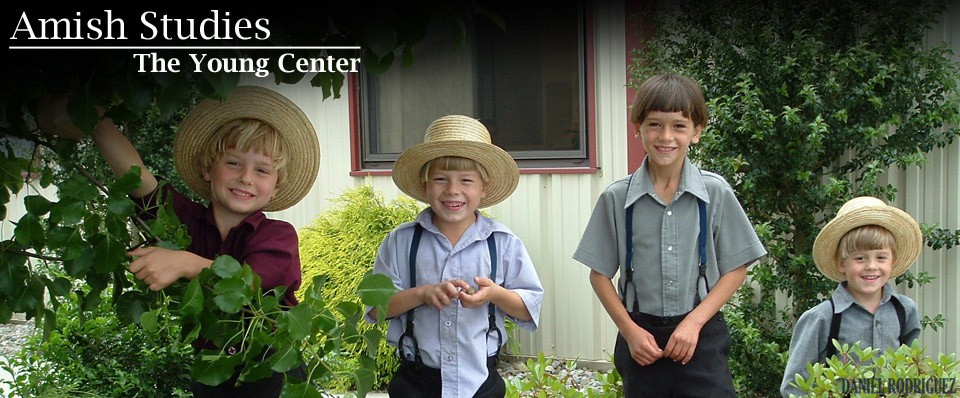Leadership
Ordained officials, literally called “servants” in the Pennsylvania German dialect, normally serve for life. None has formal theological training—living a consistent Amish way of life is their most important credential. Although they may receive occasional gifts of food, the leaders are not paid for their church work and must support themselves by other occupations.
Each church district has its own leaders—always men. Typically, the leaders include a bishop (servant with full powers), two or three ministers (servants of the book), and a deacon (servant to the poor). Guided by the bishop, this leadership team directs the religious life of its district. The bishop, as spiritual elder, officiates at baptisms, weddings, communions, funerals, ordinations, and membership meetings. Deacons coordinate mutual aid to assist members with financial needs. Both ministers and bishops preach during the Sunday services.
Leaders are selected by a process known as “the lot.” The procedure is based on biblical precedents and employs the mysteries of divine selection. The ritual typically follows a daylong communion service. Church members (both male and female) nominate male church members for the open leadership position, and those who receive three or more votes (the number varies in different communities) enter the lot. A slip of paper on which a Bible verse is written is placed inside the cover of a hymnbook. The book is then randomly mixed with other hymnbooks to equal the number of candidates, which typically totals five or more. Each candidate selects a book. As the books are opened and the fateful slip of paper appears, the lot falls on the man as the Lord decrees.
Additional information
- See pp. 90-92 of chapter 5, “Sacred Rituals,” and pp. 176-78 of chapter 10, “Community Organization,” in Donald B. Kraybill, Karen M. Johnson-Weiner, and Steven M. Nolt, The Amish (Baltimore: Johns Hopkins University Press, 2013).
- See chapter 5, “Rites of Redemption and Purification,” in Donald B. Kraybill, The Riddle of Amish Culture, 2nd ed. (Baltimore: Johns Hopkins University Press, 2001).
- See chapter 4, “Choosing a Minister: Holmes County,” in Stephen E. Scott, The Amish Wedding and Other Special Occasions of the Old Order Communities (Intercourse, PA: Good Books, 1988).
